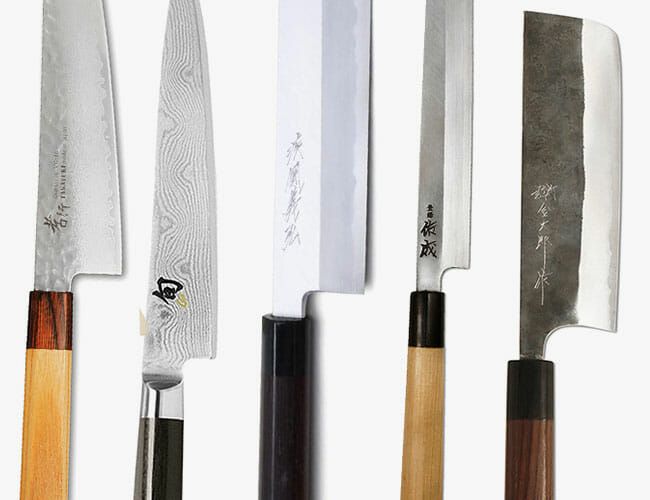Introduction:
If you are looking for high-quality knives to your kitchen, you can’t go wrong with Japanese Kitchen Knives. These knives offer outstanding overall performance, toughness, and style compared to other types of kitchen cutlery. Plus, they come in many different sizes and shapes to accommodate distinct requires. So how do you choose the best Japanese knife for your kitchen? Let’s take a look at some ideas to help you make an informed choice.
Types of Japanese Knives
The first task in selecting the best knife is understanding the various types of Japanese knives offered. The two main major types of kitchen knife (couteau de cuisine): conventional and present day. Standard styles incorporate santoku (the all-purpose blade), nakiri (perfect for chopping vegetables) and yanagiba (just the thing for cutting fish). Contemporary types are already adjusted from conventional models with sharper rotor blades, improved ergonomics and much more resilient resources. Common present day styles include gyutou (an adaptable chef’s knife) and takobiki (suitable for cutting sashimi).
Components Used in Producing Knives
In relation to picking a high quality knife, materials is crucial. The most popular materials to make Japanese knives is carbon dioxide steel with a hardness score between 56-60 around the Rockwell level. Other popular components consist of steel, which can be easy to maintain but is lacking in sharpness over time damascus metal which has exceptional side maintenance and alloy metallic that provides great rust level of resistance but calls for much more regular sharpening.
Knife High quality & Durability
The standard of a knife is dependent upon its construction, edge maintenance and blade power — all variables that depend upon its supplies in addition to craftsmanship. Good quality knives will have rotor blades that are securely attached to their handles with rivets or pins, powerful corners that endure properly against deterioration, and sturdy blades that resist cracking or breaking even with recurrent use. The best way to establish good quality is as simple as testing out different types prior to any purchase — this gives you a solid idea of which kind of materials works for your specific needs.
Bottom line:
In terms of finding the right Japanese kitchen knife for your requirements, there are lots of factors to consider which include variety, material used for making the blade and total quality/sturdiness. It’s crucial that you seek information just before committing to any buy to be able to discover the excellent knife which fits your entire specifications yet still be within spending budget. With these tips under consideration, you should have no issues locating a high-good quality Japanese kitchen knife that can last many years!



